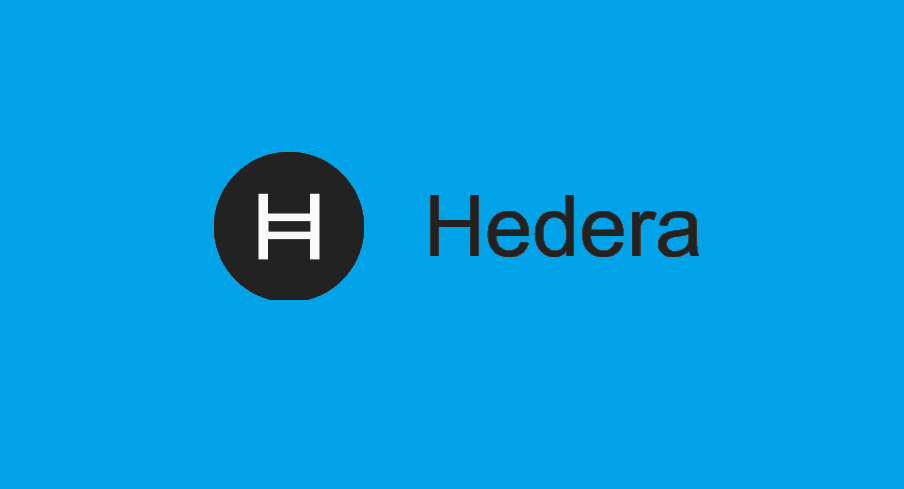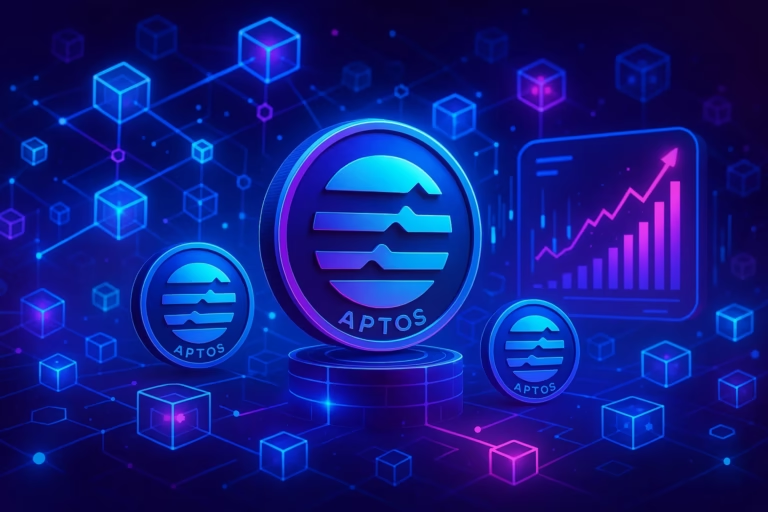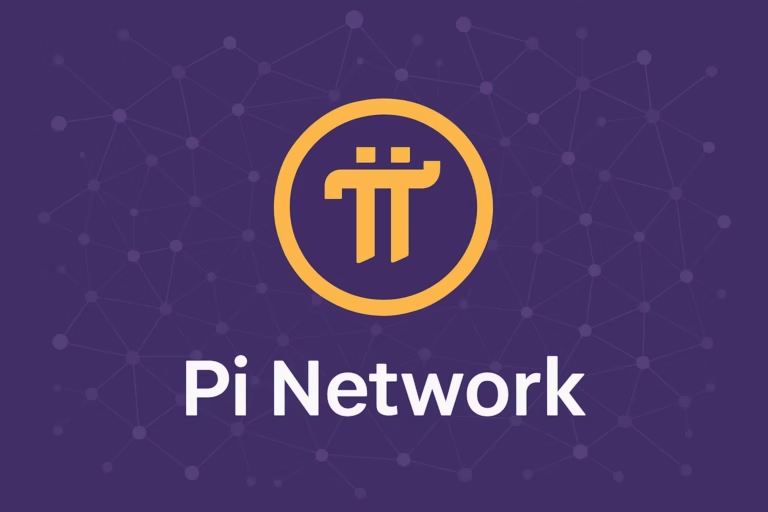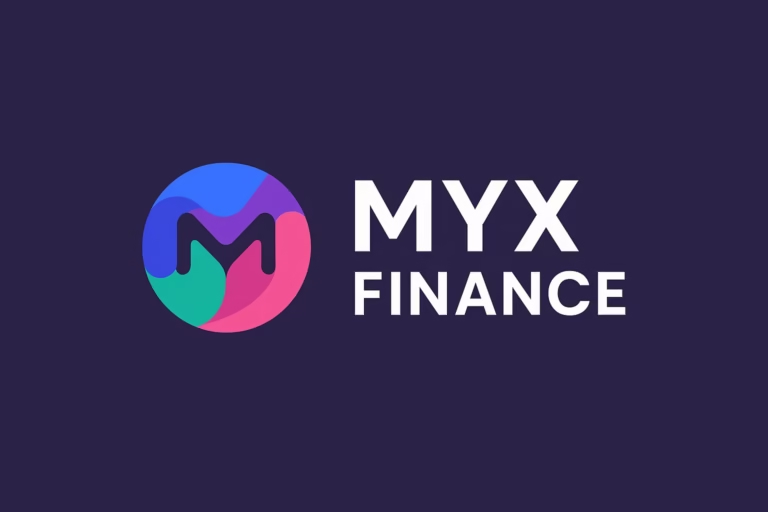
- Hedera is a distributed public network that uses Hashgraph consensus to process transactions faster and cheaper than traditional blockchains.
- Its native token, HBAR, powers the ecosystem and can be securely managed via popular wallets like Ledger Live.
Blockchain technology revolutionized how we transact and manage digital data, but it is not without flaws. Issues like slow transaction speeds, high costs, and network inefficiencies continue to challenge blockchain’s widespread adoption. Enter Hedera, a cutting-edge distributed ledger platform that offers a new approach — one that’s faster, cheaper, and just as secure, all without using a traditional blockchain.
What Is Hedera and How Is It Different?
Hedera is a public distributed network that supports smart contracts, decentralized finance (DeFi), NFTs, privacy features, and sustainability-focused applications. Unlike most networks in the crypto space, Hedera does not use blockchain technology. Instead, it leverages a revolutionary system called Hashgraph.
While blockchains bundle transactions into blocks and require consensus through resource-intensive methods, Hashgraph uses a unique “gossip-about-gossip” protocol combined with virtual voting to quickly and securely agree on transaction order. This design allows Hedera to process transactions faster and at a fraction of the cost compared to typical blockchains.
Why Blockchain Faces Limitations
Traditional blockchains like Bitcoin and Ethereum have transformed finance and data management, but they suffer from scalability and speed issues. For example, Bitcoin can only handle about 7 transactions per second, with confirmations taking 30 minutes or longer. Moreover, transactions that pay higher fees often get priority, raising costs for everyone else.
Hedera Speed and Scalability Advantage
Hedera’s Hashgraph consensus delivers impressive performance metrics:
- Up to 10,000 transactions per second (throttled)
- Transaction finality reached in just 3-5 seconds
- Consistent low fees fixed in USD but paid in HBAR tokens
These features enable Hedera to support real-time applications that require high throughput, such as supply chain management, IoT, and fast financial transactions.
Governance and Ecosystem
Hedera’s governance is decentralized and overseen by the Hedera Governing Council, a group of 39 global organizations including Google, Chainlink Labs, LG Electronics, and University College London. This diverse council helps ensure the network remains secure, transparent, and community-driven.
What Is HBAR?
HBAR is the native cryptocurrency of the Hedera network. It powers the ecosystem by covering transaction fees and enabling staking to secure the network. Users can easily manage their HBAR through wallets like Ledger Live integrated with Hashpack, combining strong security with user-friendly experience.
The Future of Distributed Ledgers Is Here
Hedera’s innovative Hashgraph technology challenges the blockchain norm by offering a faster, more scalable, and cost-effective distributed ledger solution. With growing adoption, strong governance, and seamless integration into leading crypto wallets, Hedera and HBAR are poised to shape the next generation of decentralized applications.
If you’re curious about exploring beyond blockchain, Hedera might just be the breakthrough you’ve been waiting for.
ALSO READ:Bitcoin Ownership Uncovered: Who Really Holds the $2 Trillion Asset?




